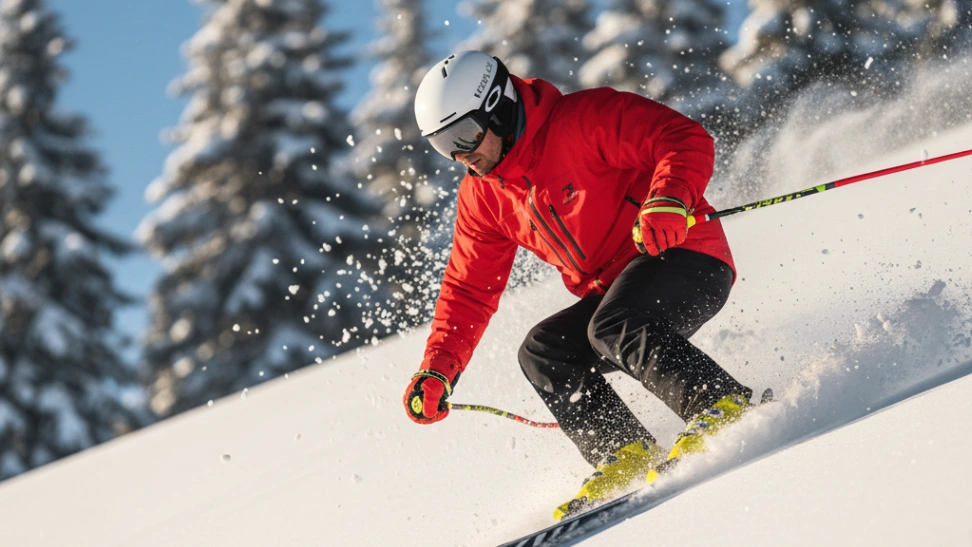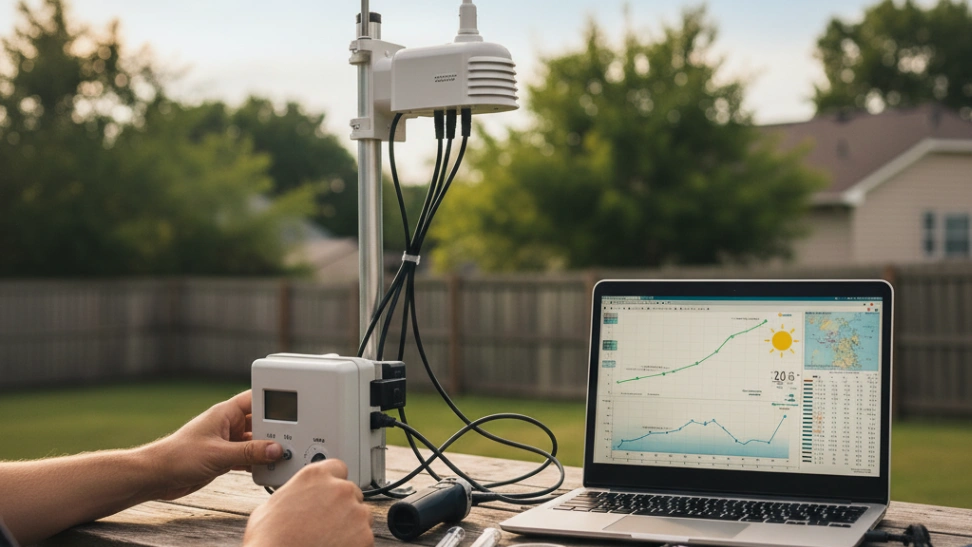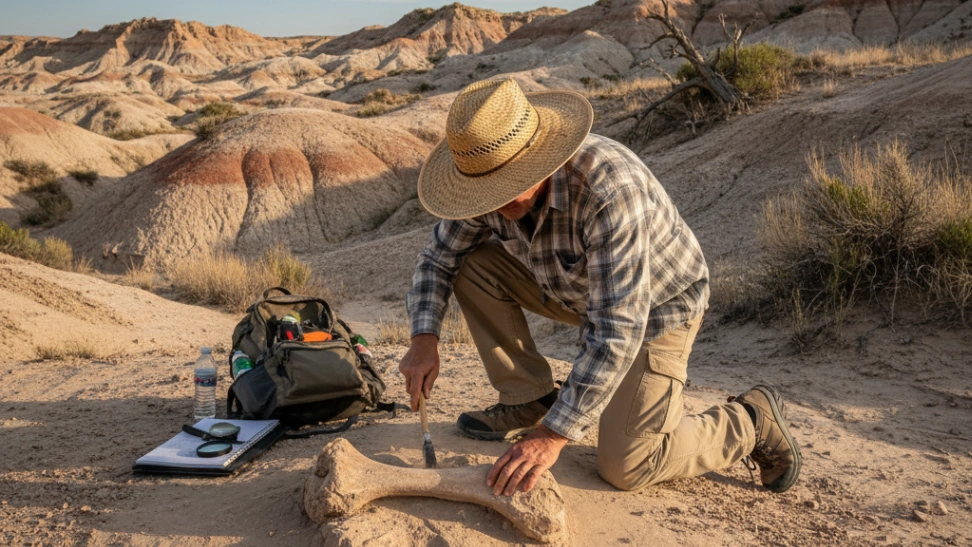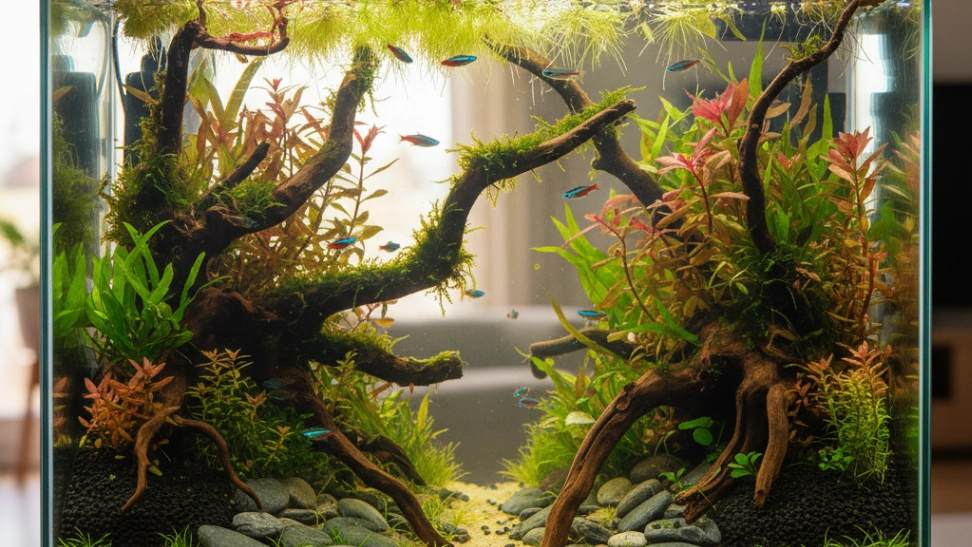Is This Hobby For You?
This hobby is ideal for those who love winter, seek adrenaline, appreciate natural beauty, and enjoy physical challenges.
Why You'll Love It
- Experience breathtaking mountain scenery and fresh, crisp air.
- Enjoy a full-body workout that improves strength, balance, and endurance.
- Connect with a vibrant community and create unforgettable winter memories.
Good to Know Before You Start
- Can be a very expensive hobby due to gear, lift tickets, and travel costs.
- Requires significant physical fitness and can be challenging for beginners.
- Involves inherent risks of injury, especially at higher speeds or difficult terrain.
Hobby Traits
How the community rates this hobby.
Getting Started: The Essentials
The basic requirements to begin your journey with Skiing.
Startup Cost
$1500
Community-voted average
Ongoing Cost
High
Monthly upkeep estimate
Essential Gear
Skis
Essential equipment for gliding over snow, chosen based on skill level and terrain.
Ski Boots
Critical for control and comfort, linking your feet to the skis via bindings.
Bindings
Safety mechanisms that connect boots to skis, releasing in a fall to prevent injury.
Ski Poles
Used for balance, timing turns, and propulsion on flatter sections.
Helmet
Non-negotiable safety gear to protect against head injuries.
Goggles
Protect eyes from sun, snow, wind, and improve visibility in varying conditions.
Ski Jacket
Waterproof and insulated outer layer to keep you warm and dry.
Ski Pants
Waterproof and insulated pants to protect from cold and snow.
Learning Curve
Overall Difficulty: Easy
Associated Skills
Skills you can expect to develop while pursuing this hobby.
A Closer Look at the Traits
Deep Nature
This hobby takes you deep into the great outdoors, far from civilization.
Purely for Fun
Pursued purely for enjoyment, relaxation, and the fun of the activity itself.
High-Energy
A high-energy activity that gets your heart pumping and body moving.
Very Physical
A physically demanding hobby that builds strength, endurance, and coordination.
Mostly Technical
Creativity plays a role, but the focus is on mastering technical skills and structured problem-solving.
Fairly Social
While you can do this alone, it's often more fun with a few other people.
Frequently Asked Questions
Hobby Traits
How the community rates this hobby.



